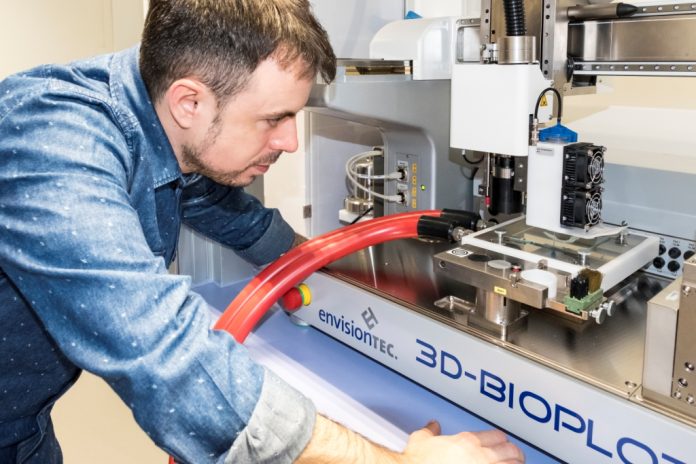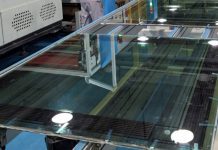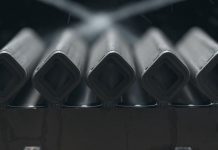
Researchers from the Swiss Federal Laboratories for Materials Science and Technology (Empa) have successfully developed an environmentally friendly ink for 3D printing made from cellulose nanocrystals (CNC).
Cellulose nanocrystals are tiny rod-like structures that are 120 nanometers long and have a diameter of 6.5 nanometers.
Unlike previous inks, which contained a rather small proportion of “biological” materials with a maximum of 2.5 percent CNC, the new inks contain a full 20 percent CNC and can be used to fabricate microstructures with outstanding mechanical properties.
“Cellulose is the most frequently occurring natural polymer on Earth. It is not just found in trees, but also in other plants and even in bacteria,” Mr Siqueira said.
He said the CNC material is suitable for a wide variety of different applications due to its outstanding mechanical properties, as well as the possibility of chemical modification and alignment during printing.
“The crystals, which are isolated from various cellulose sources, are morphologically different from each other and differ in size, but not in their properties,” Mr Siqueira added.
“And they may also be of interest to, for example, the automobile industry or for packaging of any kind. However, the most important area of application for me is in biomedicine, for example in implants or prostheses.”
The research team also includes Empa researcher Tanja Zimmermann from the Laboratory for Applied Wood Materials and researchers from Harvard University and ETH Zürich.


















